Until one morning, S. did not wake up early as usual. S.'s mother came to wake her son, but S. had fallen into a deep coma. Immediately, his family took him to Xuyen A General Hospital for emergency treatment.
Receiving the patient at the Emergency Department, the doctors determined that the patient was in a deep coma, not responding to the surrounding environment - a sign of suspected serious brain damage. The patient was quickly given a brain MRI scan. The results showed that the patient had a large brain tumor measuring 6 cm, the tumor was located in the middle of the brain, causing compression leading to dilation of the ventricles, preventing the cerebrospinal fluid from circulating - the reason why the patient fell into a coma.
According to the medical history, it is known that patient S. had surgery to remove a craniopharyngioma 8 years ago. At that time, the patient was prescribed adjuvant radiotherapy after surgery to continue treating the tumor, but due to difficult family circumstances, Mrs. P. stopped further treatment for her child.
Faced with a life-threatening situation if not treated promptly, doctors from the Cranio-Spine Department 2 urgently consulted and decided to perform surgery to reduce intracranial pressure and remove the tumor.
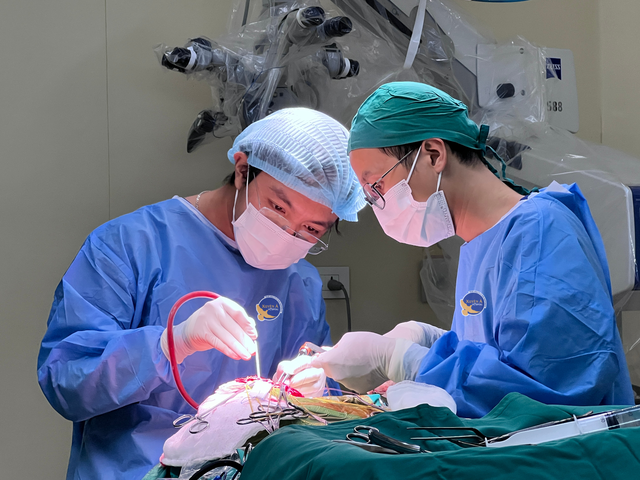
Doctors in the process of intervening on patients
PHOTO: YV
The brain tumor had grown large, occupying the entire third ventricle.
On October 3, Master - Specialist Doctor 2 Huynh Van Vu, Deputy Head of the Department of Cranio-Spine 2, Xuyen A General Hospital, said that in the case of patient S., the tumor was 6 cm in size and was in a complicated position, with a tendency to grow upwards, so it was impossible to perform endoscopy through the nose, so doctors were forced to open the skull to remove the tumor.
At the same time, according to the doctors' assessment, this is a difficult surgery because the large tumor occupies the entire third ventricle. Even a small mistake during surgery will cause major consequences, even directly threatening the patient's life.
"Currently, the tumor has grown large, occupying the entire third ventricle and is located near many important nerve structures such as the optic nerve, carotid artery, and basilar artery. Even a small mistake during the operation can permanently affect the patient's vital functions. Therefore, we had to come up with a meticulous surgical plan to maximally control the risk of complications during and after the surgery," Dr. Vu shared.
Before the surgery to remove the tumor, the patient had a ventricular drainage tube inserted into the abdomen to reduce intracranial pressure. After two days of the drainage tube, the patient woke up from a deep coma. At this time, the doctors continued to perform open craniotomy to remove the craniopharyngioma.
With the help of a microscope, doctors meticulously observe every millimeter, carefully expose each part of the tumor, and carefully dissect and remove it, ensuring the removal of tumor tissue and preservation of surrounding nerve structures.
One day after the major surgery, Mr. S. was awake and able to walk, eat, move gently, and perform simple movements as required by the doctor. According to the plan, the patient will be examined to assess his post-operative condition, have his hormones monitored, and be scheduled for additional radiotherapy to continue treating the tumor and limit its recurrence.
Craniopharyngioma is rare and has many potential dangers.
According to Dr. Vu, craniopharyngioma is a rare type of brain tumor. Although classified as a benign tumor, it develops in the craniopharynx, near dangerous locations such as the pituitary gland and the suprasellar region. This is where many important nerve structures such as the endocrine, visual and cerebrospinal fluid centers are concentrated, so a large tumor appearing here can compress the optic nerves, hormone centers and especially the ventricles, where cerebrospinal fluid circulates. When this fluid is blocked, the pressure in the skull increases, causing symptoms of headache, vomiting, impaired consciousness and coma.
Craniopharyngioma is a rare disease and often progresses silently, easily confused with common diseases such as tension headaches, vision loss, weakness or endocrine disorders.
"When experiencing symptoms of prolonged headaches, decreased vision, unusual fatigue, endocrine disorders, etc., we should go to a hospital with a neurosurgery department for timely examination. Timely diagnosis and intervention can save the patient's life and help them maintain a good quality of life after treatment," the doctor recommended.
Source: https://thanhnien.vn/tuong-dau-dau-do-thay-doi-thoi-tiet-hoa-ra-la-u-nao-tai-phat-185251003085124144.htm


![[Photo] Closing of the 13th Conference of the 13th Party Central Committee](https://vphoto.vietnam.vn/thumb/1200x675/vietnam/resource/IMAGE/2025/10/08/1759893763535_ndo_br_a3-bnd-2504-jpg.webp)





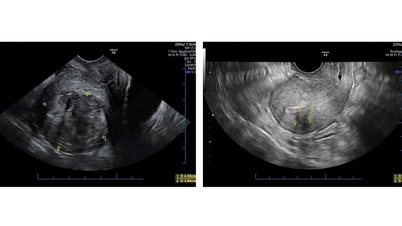
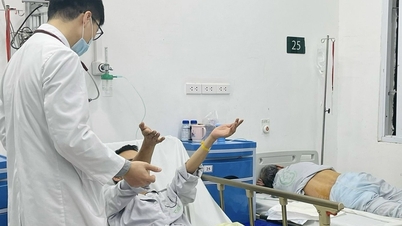
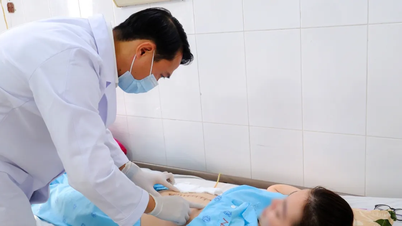









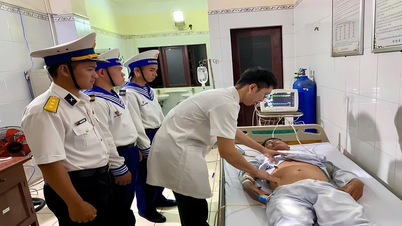

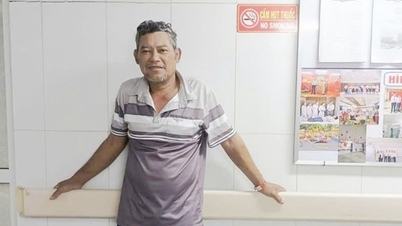






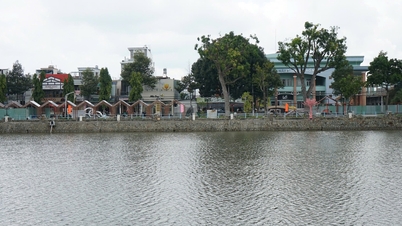


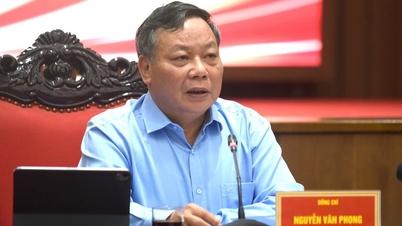

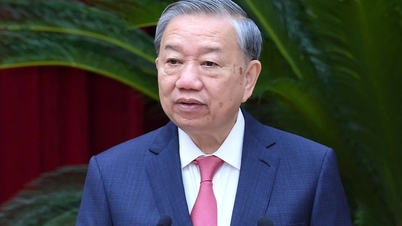

































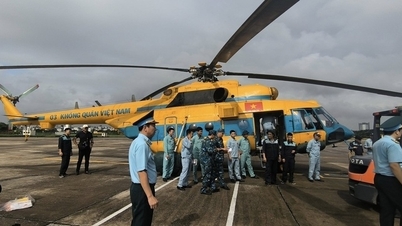









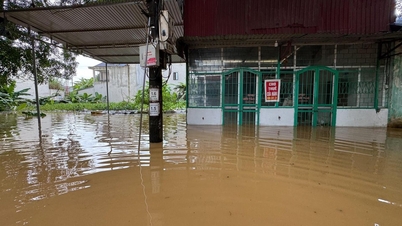
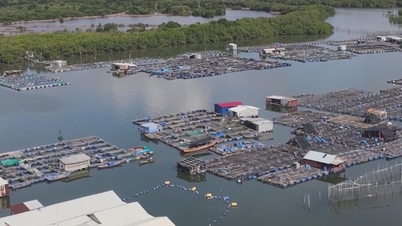
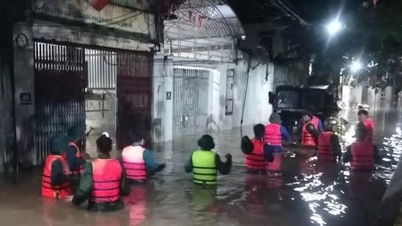

















Comment (0)